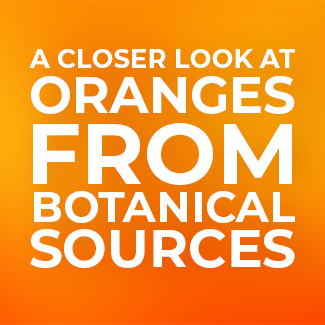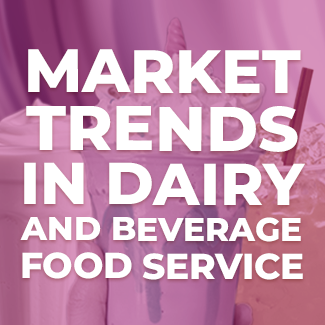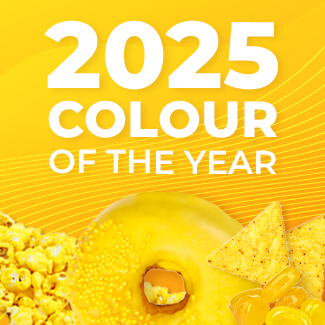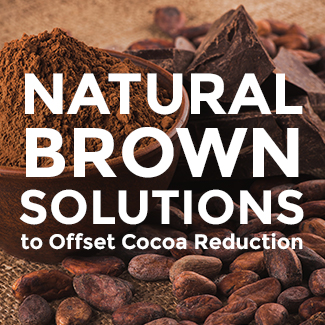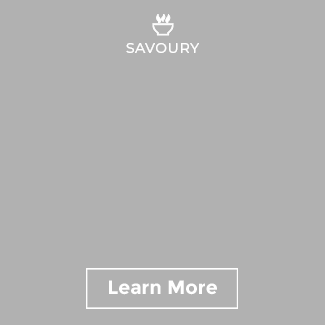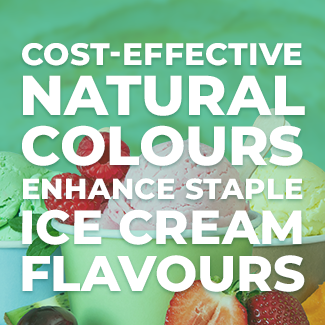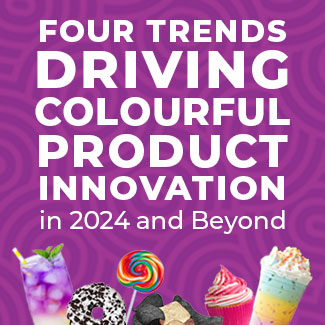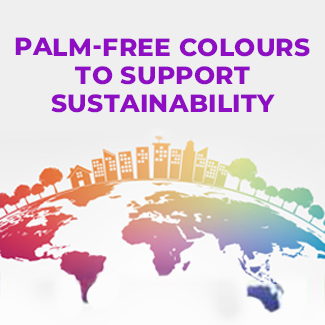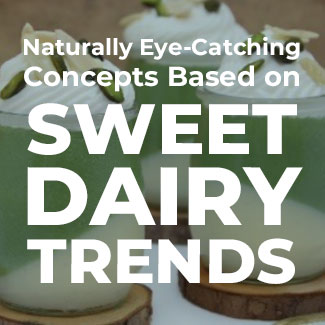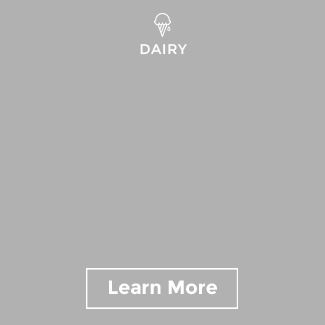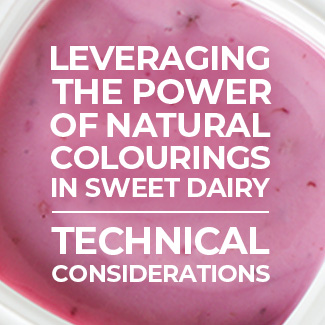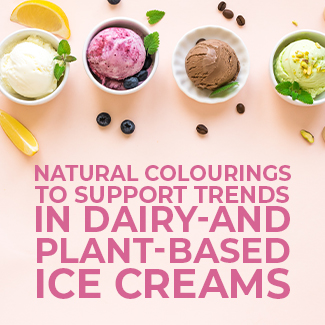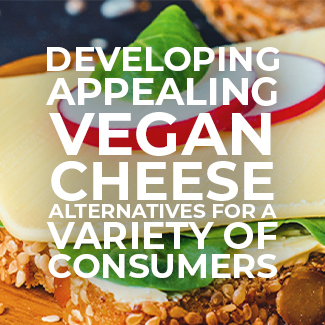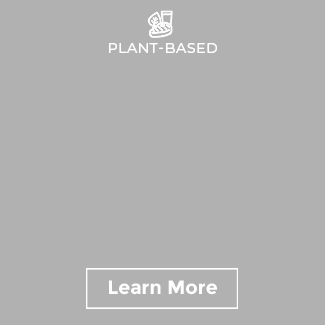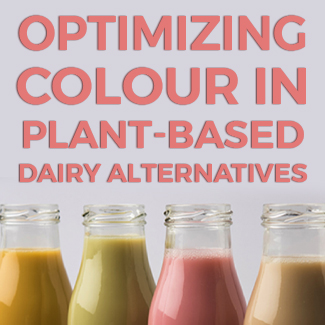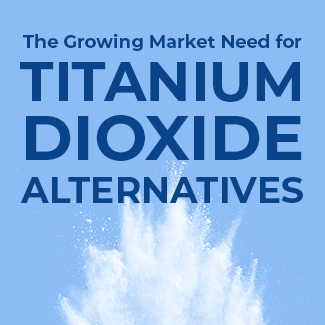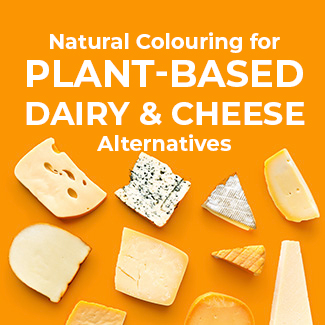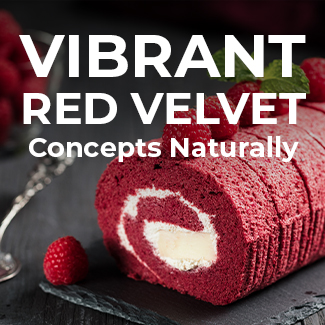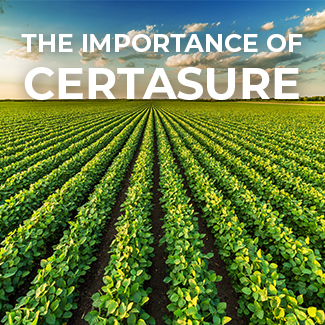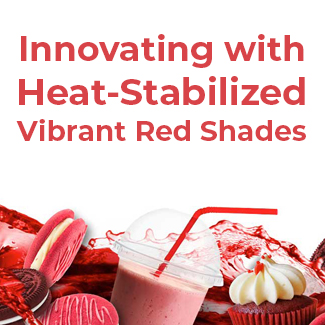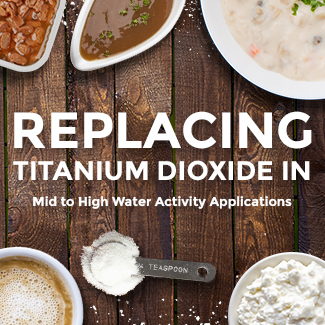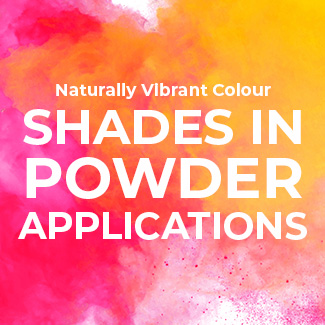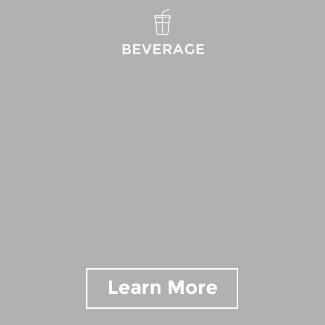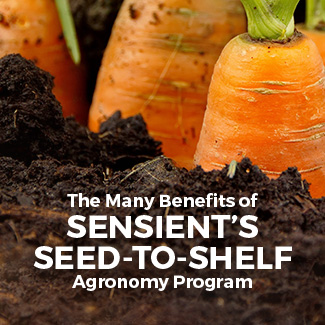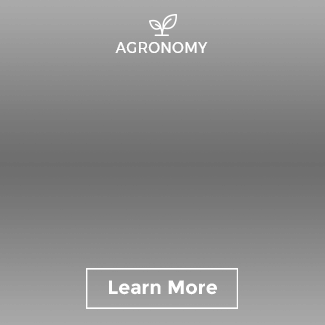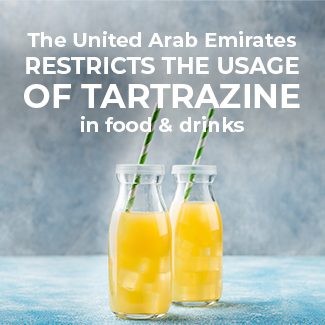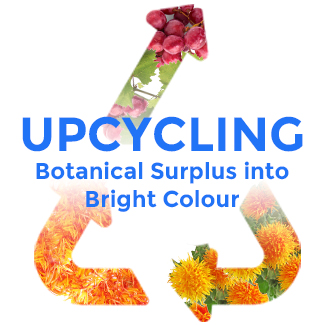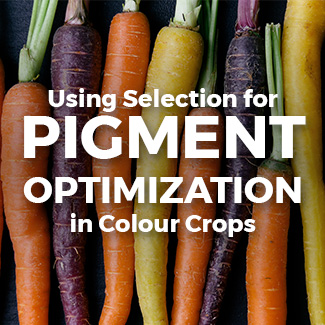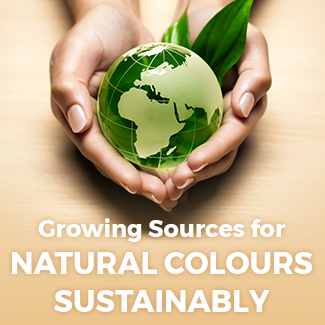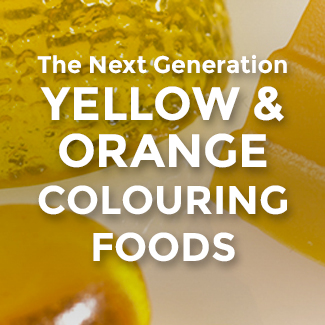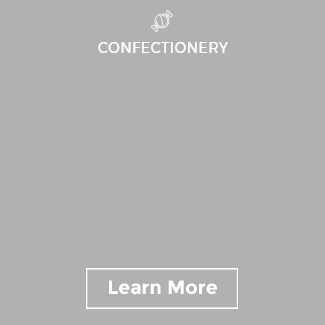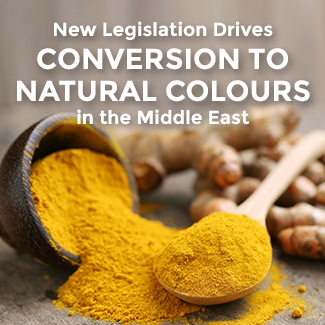Say Cheese with Natural Colours!
Food Colour: A Critical Factor of Success for Dairy & Plant-Based Cheese Offerings
The Processed Cheese category in Europe reached $ 2,8 billion in 2023 (Euromonitor). Plant-based cheese is also skyrocketing,reaching $399 million in 2023 (Euromonitor) and growing strongly. It appears that the market size is far from having reached its full potential, allowing plenty of space for innovation, as this category presents serious opportunities for enterprising brands.
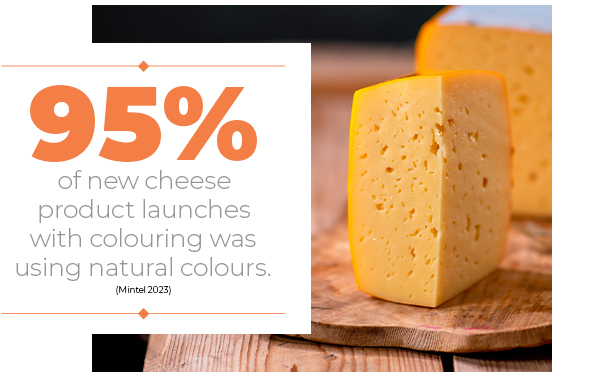
First, it’s important to think about what consumers expect from cheese and cheese-flavoured products. Shades of yellow and orange instantly suggest bold flavour and the cheesy goodness of cheddar, and brands can use this to amplify desired flavour profiles. Whether you are innovating in plant-based or dairy cheese, clean labels are considered the category norm.
Opportunities for Cheesy Innovation
Cheese brands are focusing on range extensions to bring novelty to the category, which accounted for 37% of global cheese innovation in 2023 (Mintel, 2024). Brands looking to innovate can start with new colours, flavours, and formats, leveraging on consumers’ appetite for new cheese types. Developers tasked with updating a current product line-up may move to simplify ingredient statements with clean label colours, or they may look for more efficient solutions to achieve similar shades. In 2023, in the processed cheese European market, 30% of new launches were free from additives, highlighting the market progression towards cleaner labels (Mintel, 2024).
For formulators and developers, the obvious next question is: so how do I get to the bold shades consumers want in cheese products efficiently? Here are some technical solutions for the most popular shades that consumers will find cheesy on the eyes…
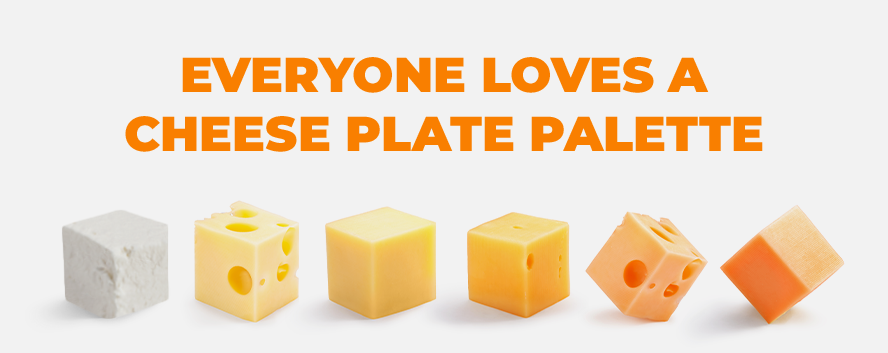
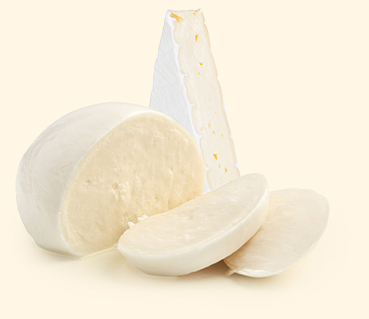
Shade Target:
White or off-white, Plant-based Mozzarella type or Pizza Cheese Analogue
Solution:
Titanium dioxide used to be the mainstream solution as it was providing bright white shades and strong opacifying qualities, however this is not permitted anymore in Europe and consequently no longer a go-to solution. Moreover, despite the EFSA ban only concerned markets in the EU, some other regions, such as Switzerland, Turkey, Saudi Arabia and others, are also taking a precautionary approach to it, and generally, the ban has opened a worldwide discussion about the safety of Titanium Dioxide. This has resulted in a negative perception of the additive by the public, which is actively trying to avoid the consumption of food containing Titanium Dioxide.
In this scenario, Avalanche™ MB comes as a Titanium Dioxide replacement and it is suitable for developers working with natural solutions. It is a mineral based natural opacifier technology designed to give opacity in applications with mid-to-high water activity as well as strong whitening properties with good heat, light, and pH stability, making it an excellent solution for soft white plant-based cheese applications. Most of vegan cheeses tend to lose their colour and become transparent when melted, ending up looking watery or fatty and less opaque. Avalanche is a natural white colour that stays unchanged even during heat-steps, providing therefore a stable solution to vegan cheese manufacturers.
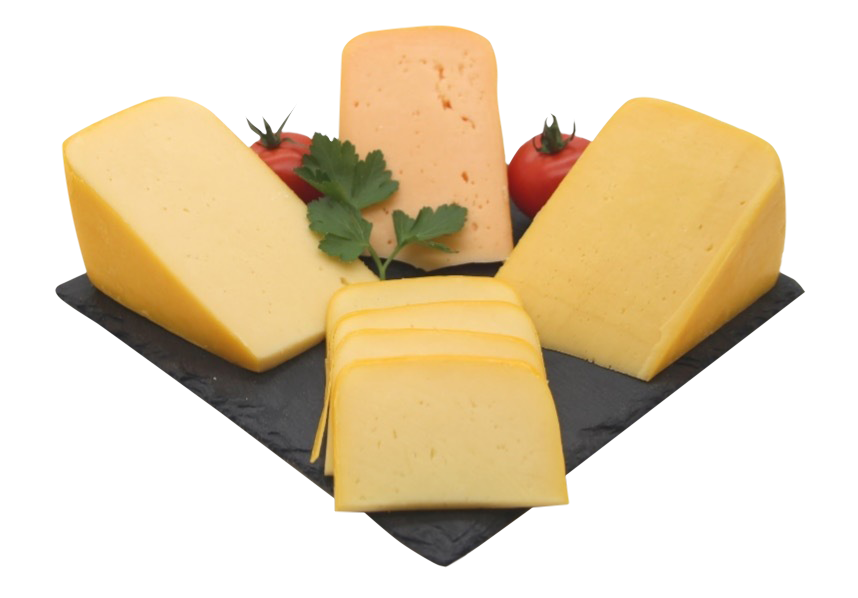
Shade Target:
Yellow to Orange Cheese, Ripened Cheese
Solution:
Carotenes imparts cost-effective yellow shades that can vary from pale yellow to darker and intense orange shades, without imparting off-flavours. With strong heat, light, and pH stability, Carotenes sidesteps common concerns developers face with some natural colour sources.
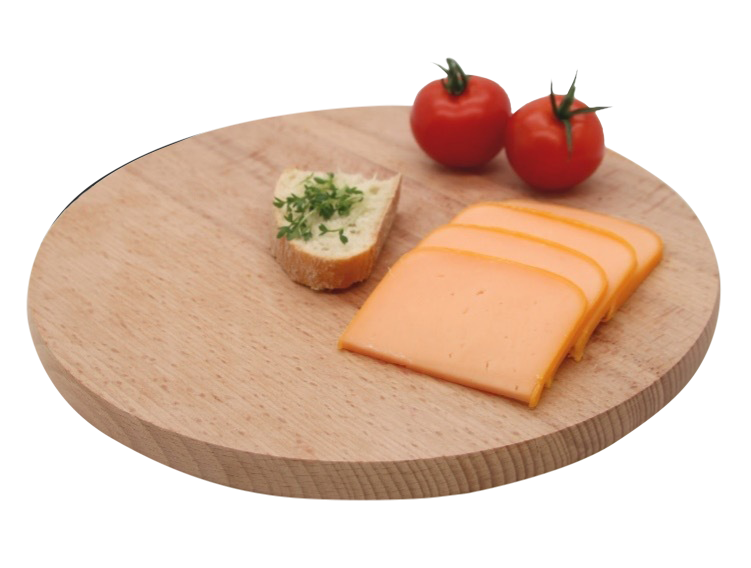
Darker orange hues, Cheddar type
Solution:
Mother Nature offers several different options for bold oranges in cheese applications. Beta-carotenes cover a range of shades in the orange family without unwanted flavour off-notes.
Paprika is an increasingly popular choice for the deep orange hue it imparts as an excellent shade match for classic strong cheddar, especially at lower usage rates. Its stability is an asset for products that undergo heat processing. Developers should stay aware of the risk for flavour off-notes when paprika is used at higher usage rates, but Sensient’s experts are well-prepared for this possibility, and have already developed a technology to overcome the possible issue, so if needed don’t hesitate to contact us.
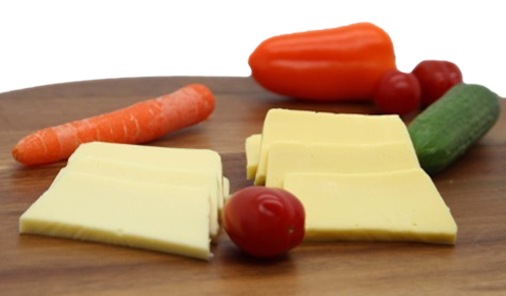
Shade Target:
Pale to Stronger Yellows, Processed Cheese
Solution:
Organic Autumn Yellow L-WS is a clean label and EU organic certified colour solution based on vegetable concentrate. It imparts pale to darker yellow shades efficiently in processed cheese and is light stable.
Organic Autumn Yellow L-WS is part of a range of EU certified organic solutions that aims to fulfil the demand for colourings from natural sources that fully meet the stringent bio standards. Based on carefully selected edible plant sources from organic production, Sensient’s Certified Organic Solutions with colouring properties are produced in accordance with all requirements of EU regulation on organic farming that covers not only production and processing, but also the control and labelling of organic food for Europe.
Cheese consumers are open to new and premium cheeses
(Mintel 2024)
Innovation is a leading contributor to generating sales growth in the cheese category and consumers are showing their willingness in purchasing different types of cheeses – including vegan cheese- and specialty cheeses.
54% of UK consumers find that trying new cheeses is a good way to bring excitement to their diet.
(Mintel 2024)
Taking a closer look at trends from key consumer insights, innovative companies have many opportunities to create colourful new cheese products. Here are a few ideas…

Elevate the Everyday:
Sense of the Intense:
Earthy Mushroom Cream Cheese
Natural Brown

Active Consumerism:
Food as Prescription:
Pesto and Lavender Processed Cheese
Pesto: Combination of Mint Green and Sunny Pineapple Yellow;
Lavender: Wild Berry Purple
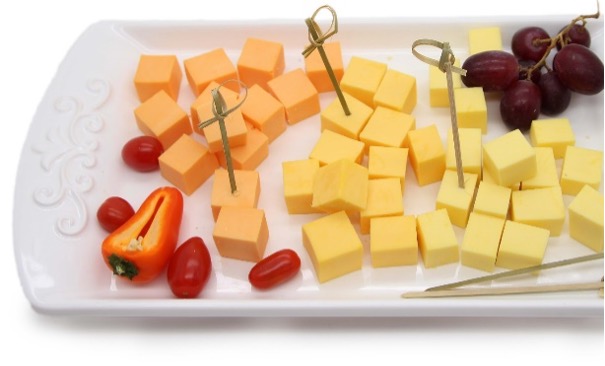
Fluid Expectations:
Multi-Purpose Minimalism:
Aperitif Plant-Based Cheese Appetizers
Natural Colours from Vegetable Concentrates
Comparing Solutions for Plant-Based Versus Traditional Cheese
One of the biggest differences between traditional dairy and plant-based alternatives is that plant-based cheese products are not tied to the standards of identity that traditional cheeses are, which allows for more variations in the formulation and processing parameters. This has also allowed food scientists more creative freedom on the ingredients they can incorporate into non-dairy cheeses and enables the expansion of cheese alternatives.
38% of UK GenXers and Millennials ate vegan cheese in the past year
(Mintel 2024)
The vegetable-based solutions outlined above will work beautifully for plant-based or vegan cheeses, and I am always happy to discuss the details of specific projects and troubleshoot natural colour formulation. Understanding how ingredients are incorporated, the oil-to-water ratio, and the base flour, starch, or protein source becomes critical to the success of achieving plant-based cheeses that meet the visual expectations of standard cheeses.
Get Cheesy with Natural Colours
There are endless possibilities for developers and brands to unleash the power of nature’s true colours in cheese applications. If you are ready to get started with one of the natural colours I discussed above, request a sample today! If you still have questions about natural colours in traditional cheeses or non-dairy alternatives, my team and I would love to help.




